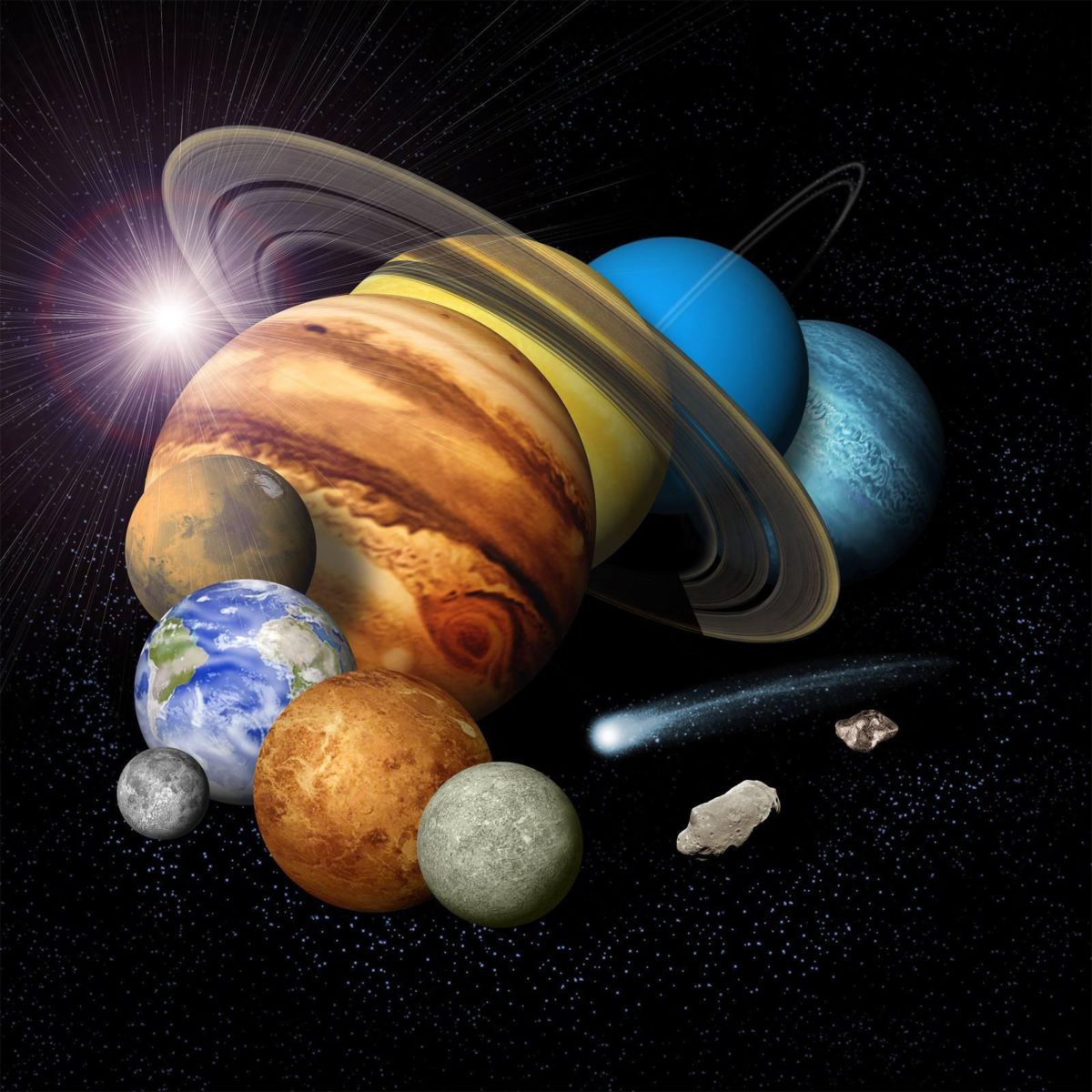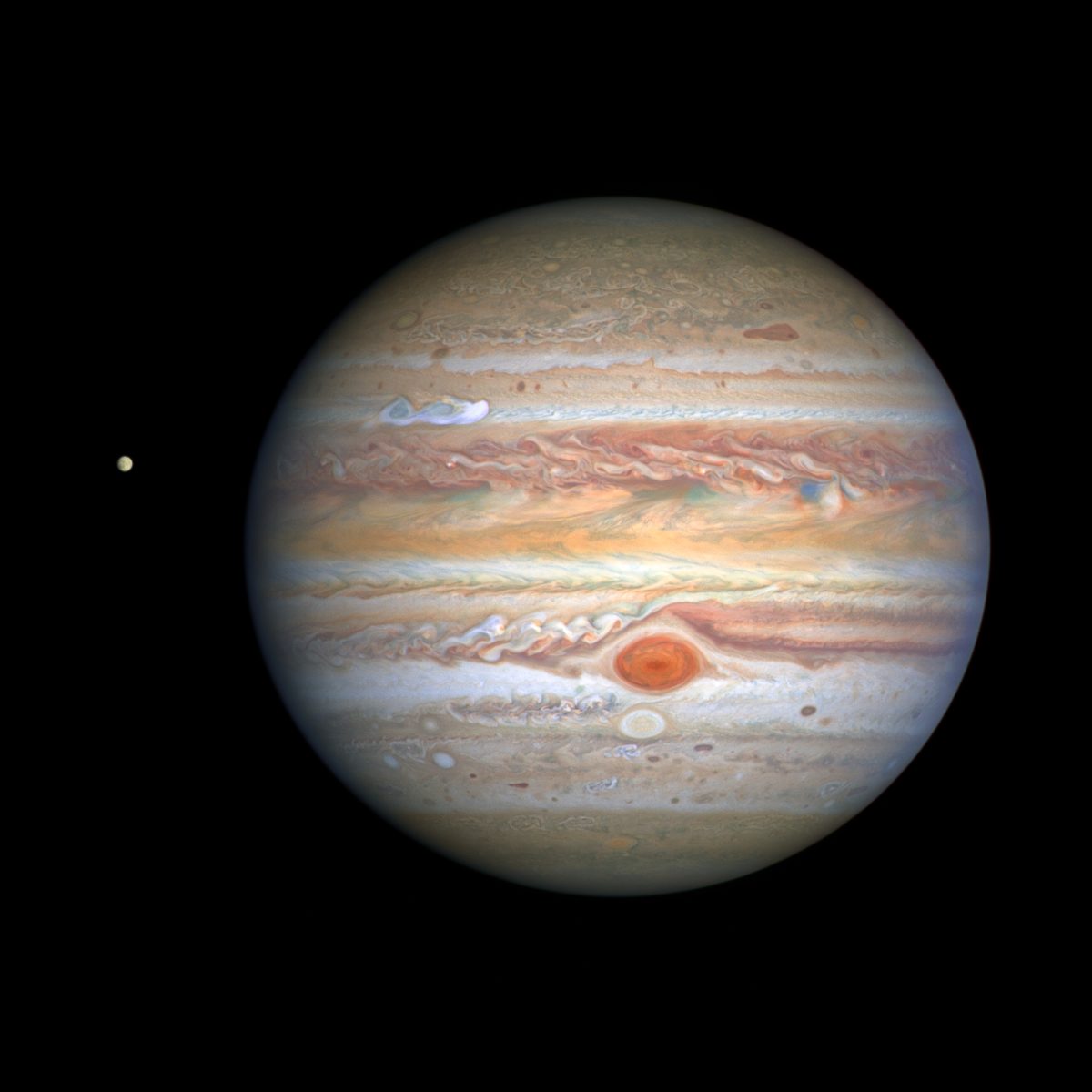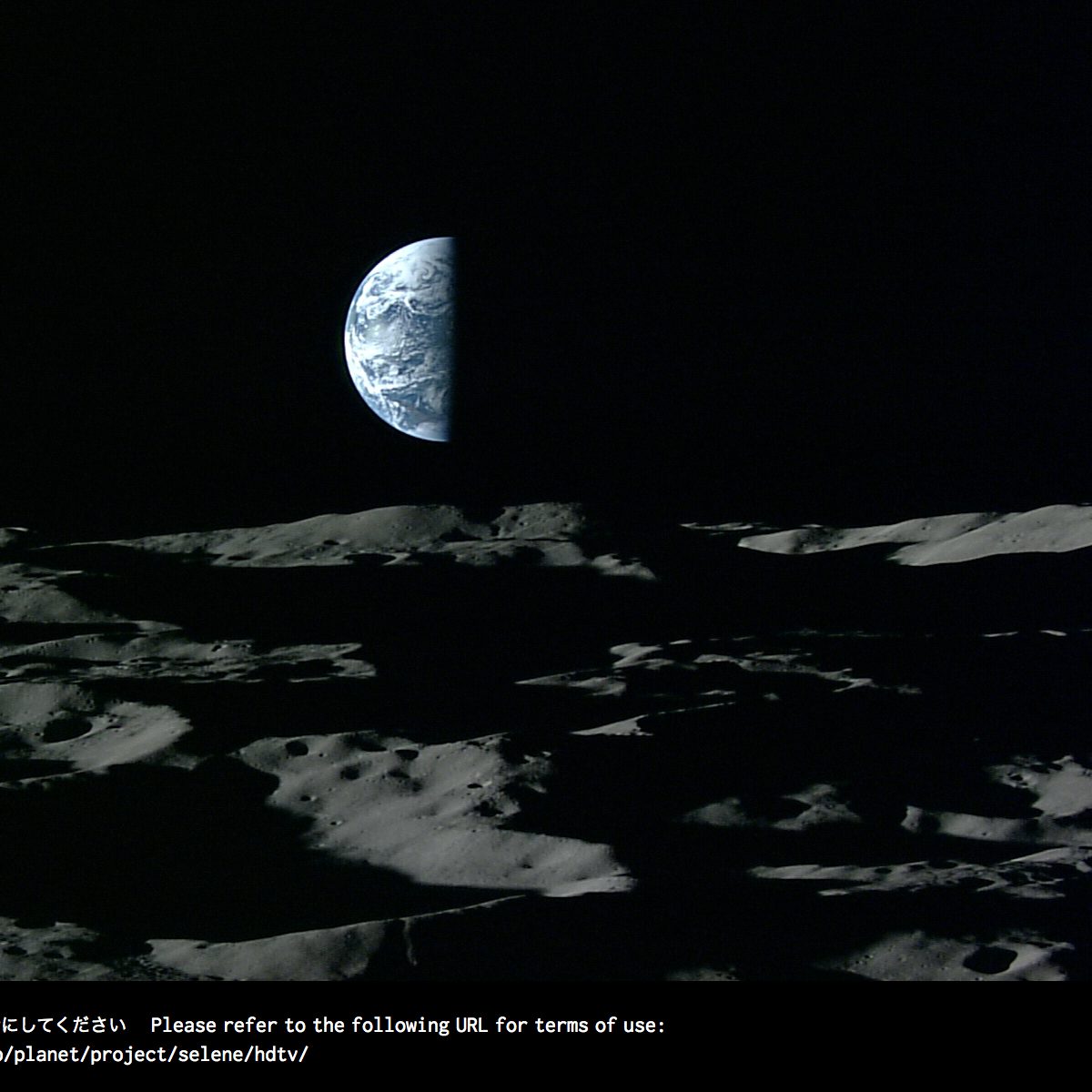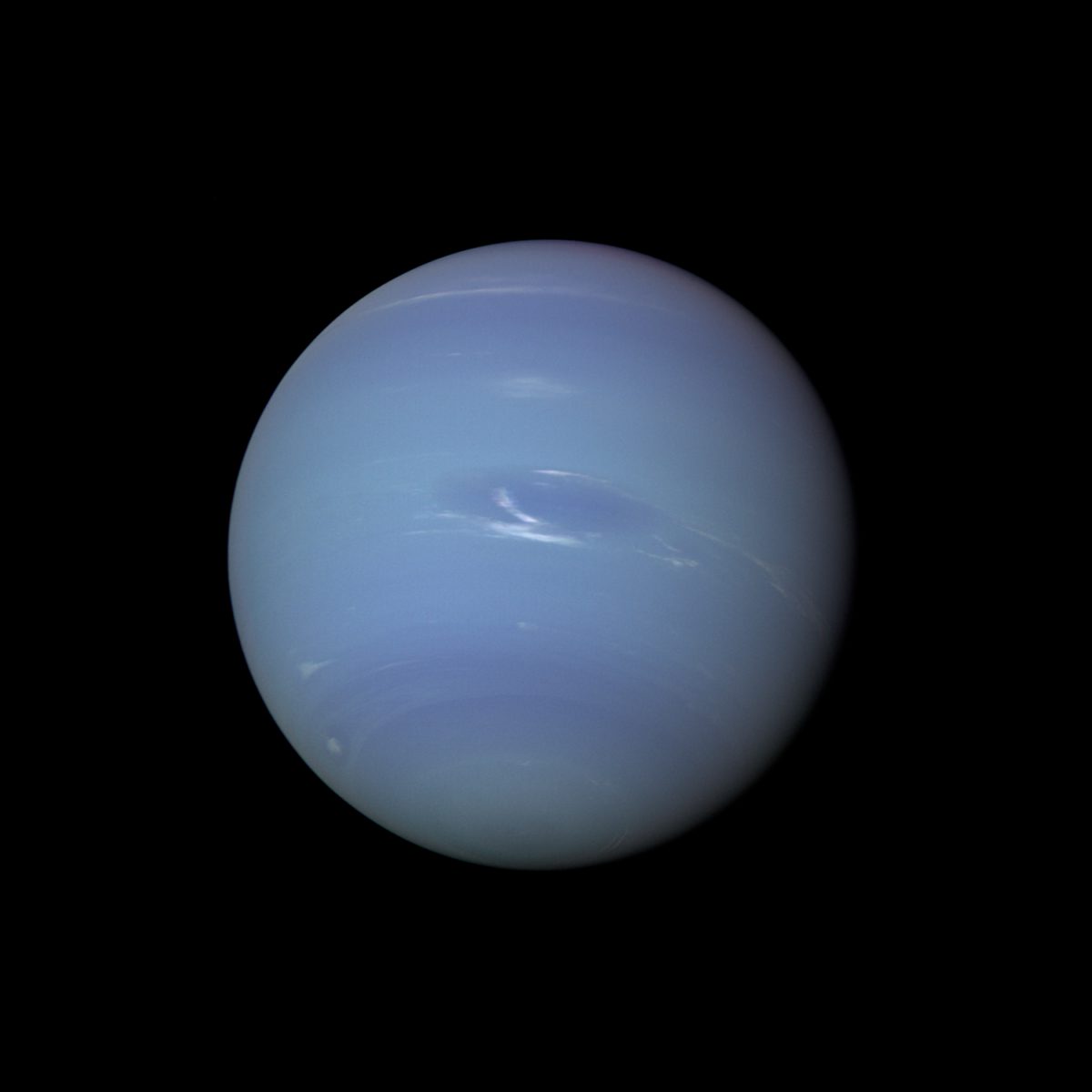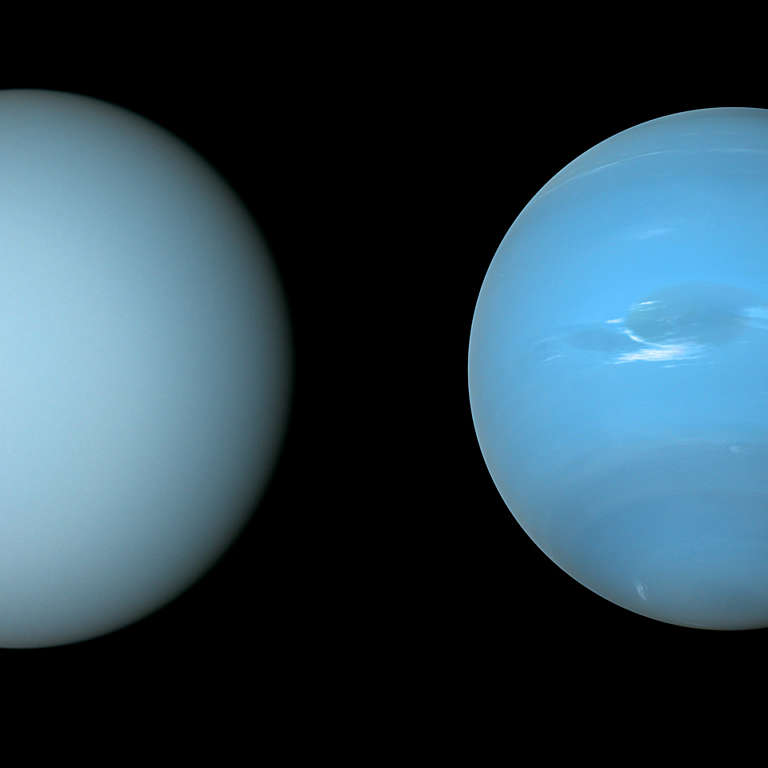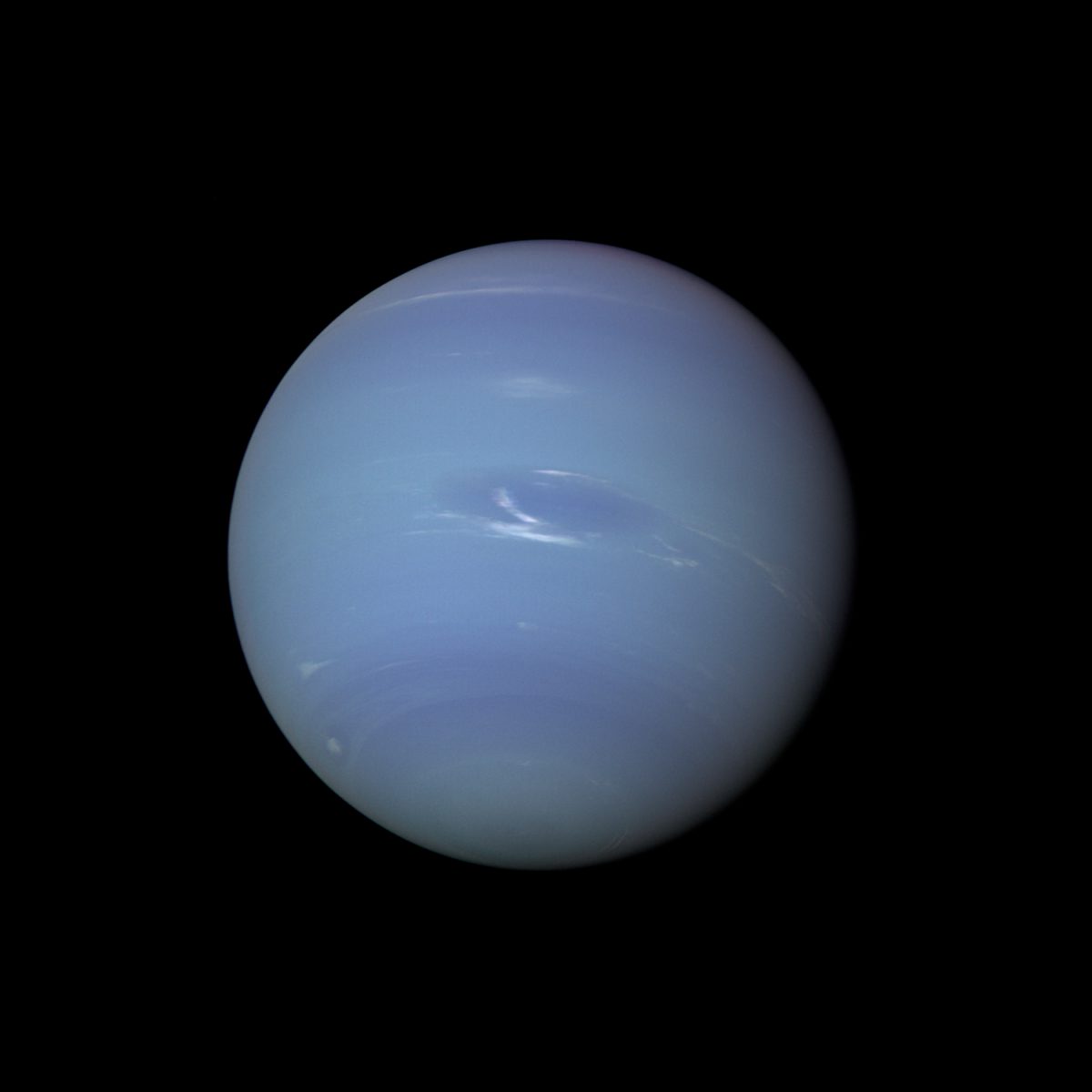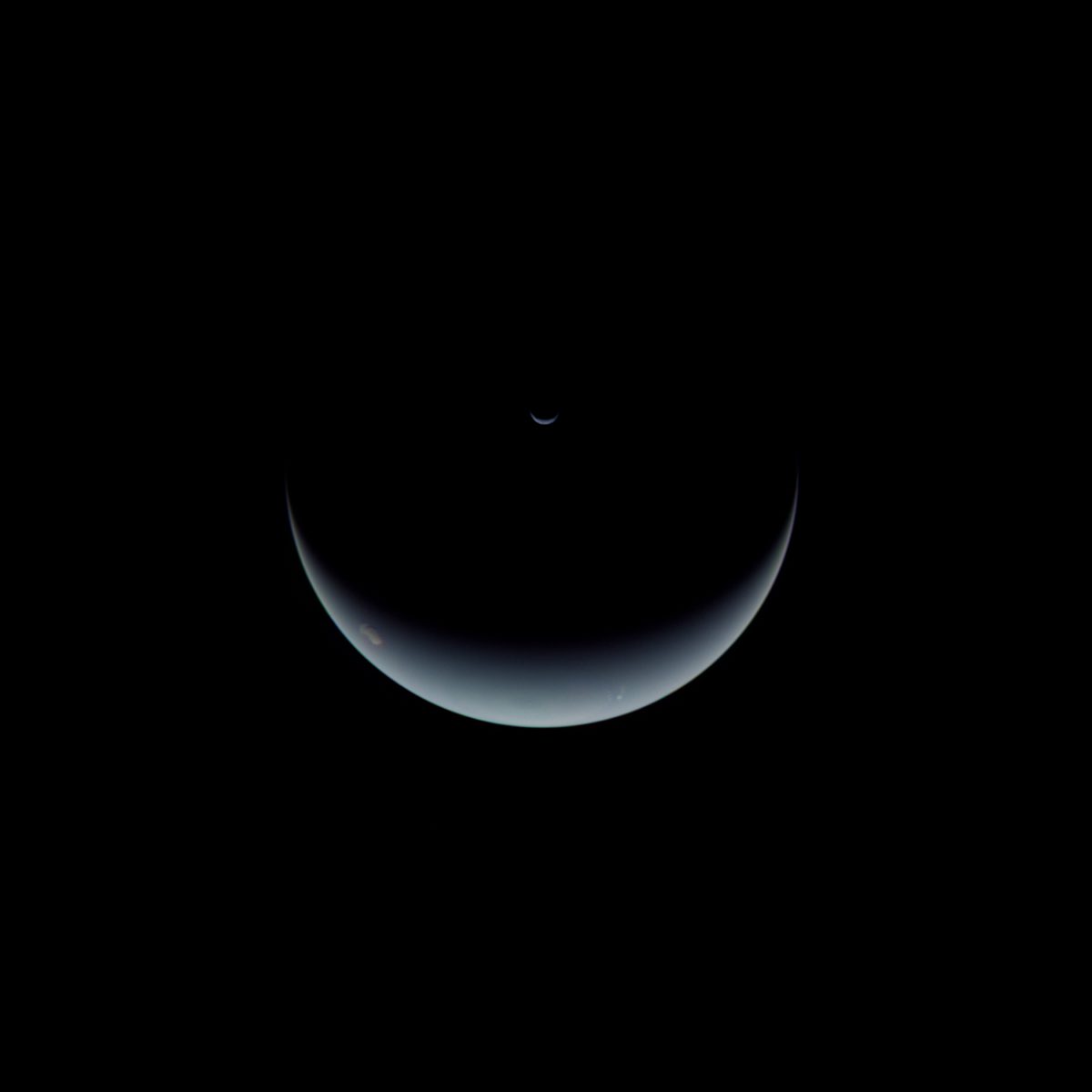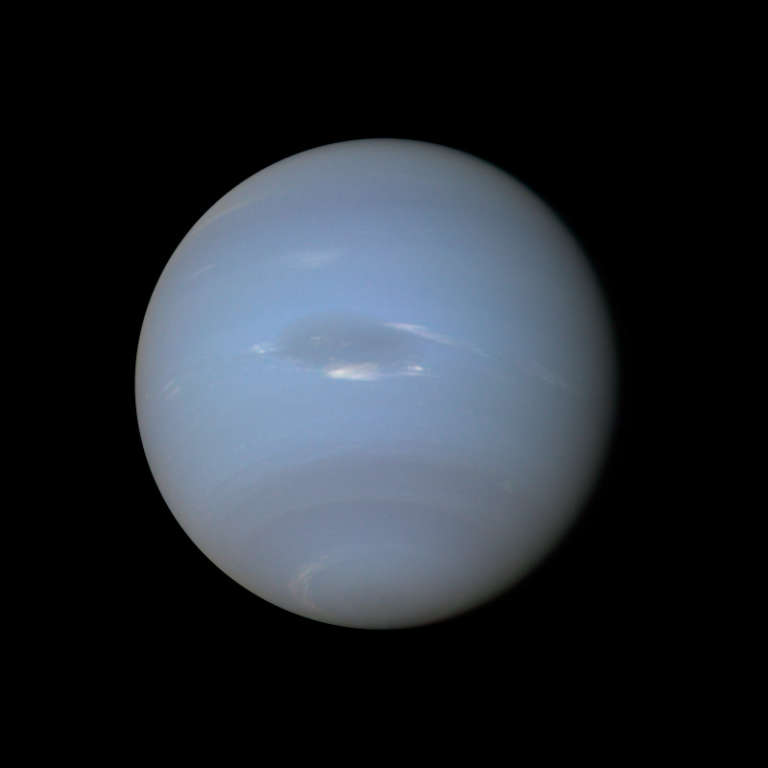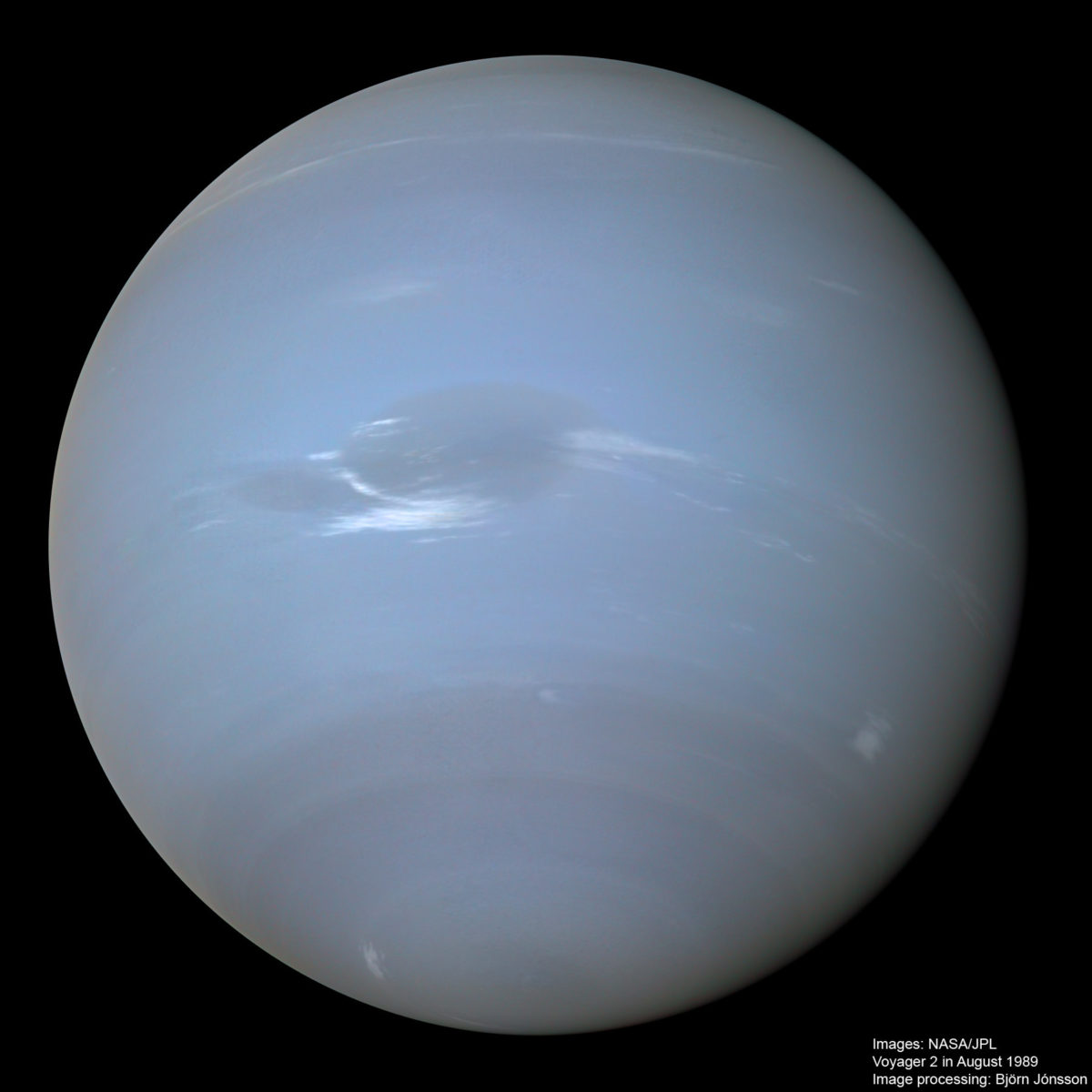All
All
Stories, updates, insights, and original analysis from The Planetary Society.
Return to Neptune? The plans to send an orbiter to the elusive planet
Is it time NASA sent an orbiter to study the other blue planet in our solar system? Proposals for missions to study the ice giant planet Neptune and its mysterious moon Triton have been on NASA’s to-do list for over a decade, but until now nothing has happened.
Solar System History 101
How did our solar system come to be? Why are the planets, asteroids, comets, and other small worlds where they are now?
So long, 2020, and thanks for all the space
Look back on the year’s accomplishments and enjoy the beauty of the cosmos.
Jupiter dazzles and Neptune beckons
Feast your eyes on these images from space, catch up on the latest in exploration news, and get the lowdown on what’s up in the night sky.
The Next 10 Years
Six scientists share the major planetary science discoveries of the past decade, and the questions that will drive the next 10 years of solar system exploration.
China Considers Voyager-like Mission to Interstellar Space
The mission includes a flyby of Neptune and measurements of the heliosphere, the electrically charged gas bubble surrounding our solar system
Not a Heart of Ice
Mark Marley explains what planetary scientists mean when they say the word
The Realm of the Ice Giants
Imagine 2 icy worlds far from the Sun. Their serene, blue atmospheres. Huge, ominous-looking storms. Tantalizing glimpses of moons with exotic, icy terrains. Delicate sets of encircling rings.
The subtle color difference between Uranus and Neptune
The color of Uranus and Neptune is similar, but not identical. Uranus appears greener and Neptune bluer.
Voyager 40th anniversary: Revisiting the Voyagers' planetary views
Björn Jónsson argues that even now, 40 years after Voyager 1 and 2 were launched, a lot of the data they returned is still of high interest.
How we would explore Uranus or Neptune
One fact dominates the planning for any mission to Uranus or Neptune: They lie far from the sun. A newly released NASA report looks at how we can explore these icy giants.
Revisiting the ice giants: NASA study considers Uranus and Neptune missions
Only one spacecraft has ever visited Uranus and Neptune: Voyager 2, in the late 1980s. A new NASA report explores the reasons to go back, and what type of mission might take us there.
Some beautiful new (old) views of Neptune and Triton
Beautiful new amateur work with 27-year-old Voyager data.
Oppositions, conjunctions, seasons, and ring plane crossings of the giant planets
When are the solstices and equinoxes on the giant planets, and when are they best positioned for view from Earth? I ask these questions a lot as I write about Earth photos of giant planets, and I finally decided to gather the answers to those questions in a single post.
Approaching Neptune
Image processing enthusiast Ian Regan is working on a cool new version of the Voyager 2 Neptune approach movie.
Checking in on Uranus and Neptune, September 2015 edition
There are no spacecraft at Uranus or Neptune, and there haven't been for 30 and 25 years, respectively. So we depend on Earth-based astronomers to monitor them, including Damian Peach.
Flawed Beauties
More examples of imperfect--but tantalizing--images from deep space.
Best-ever Neptune mosaics for the 25th anniversary of Voyager 2's flyby
In honor of the 25th anniversary of the Voyager 2 flyby of Neptune, image magician Björn Jónsson has produced two new global mosaics of the distant ice giant, the highest-resolution ever made.
Cosmos with Cosmos Episode 6: Travellers' Tales
The Voyager mission may be the ultimate expression of our desire to explore, but why does that will exist in the first place? Why is it unique to humans?
Neptune: The new amateur boundary?
Can features on Neptune be observed by amateur astronomers? For years, the Hubble Space Telescope and some professional terrestrial observatories have been revealing incomplete belts and spots on the surface of Neptune. Now, spots have been imaged by amateurs.


 Explore Worlds
Explore Worlds Find Life
Find Life Defend Earth
Defend Earth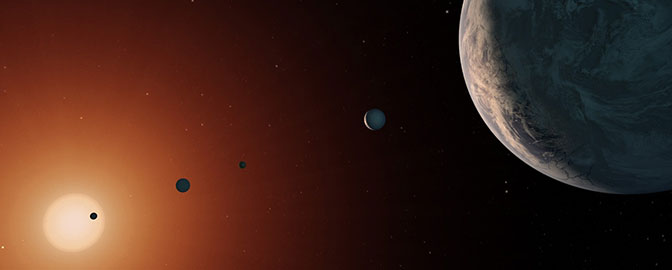
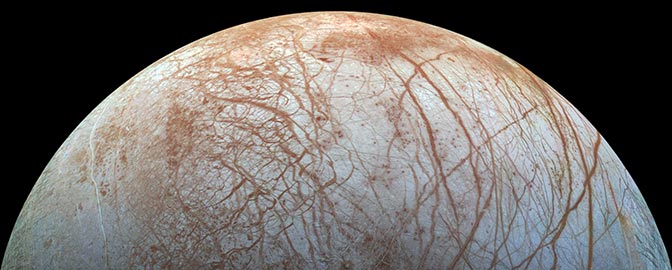

 Sun
Sun Mercury
Mercury Venus
Venus Earth
Earth Mars
Mars Jupiter
Jupiter Saturn
Saturn Uranus
Uranus Neptune
Neptune Small Bodies
Small Bodies
